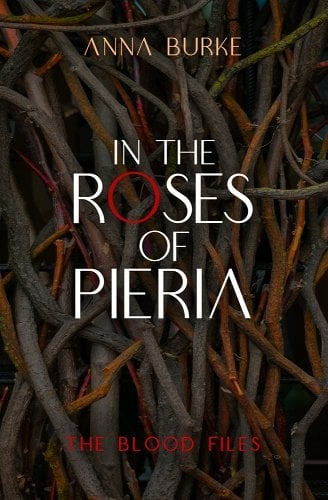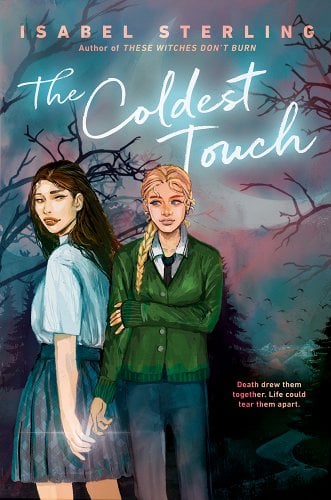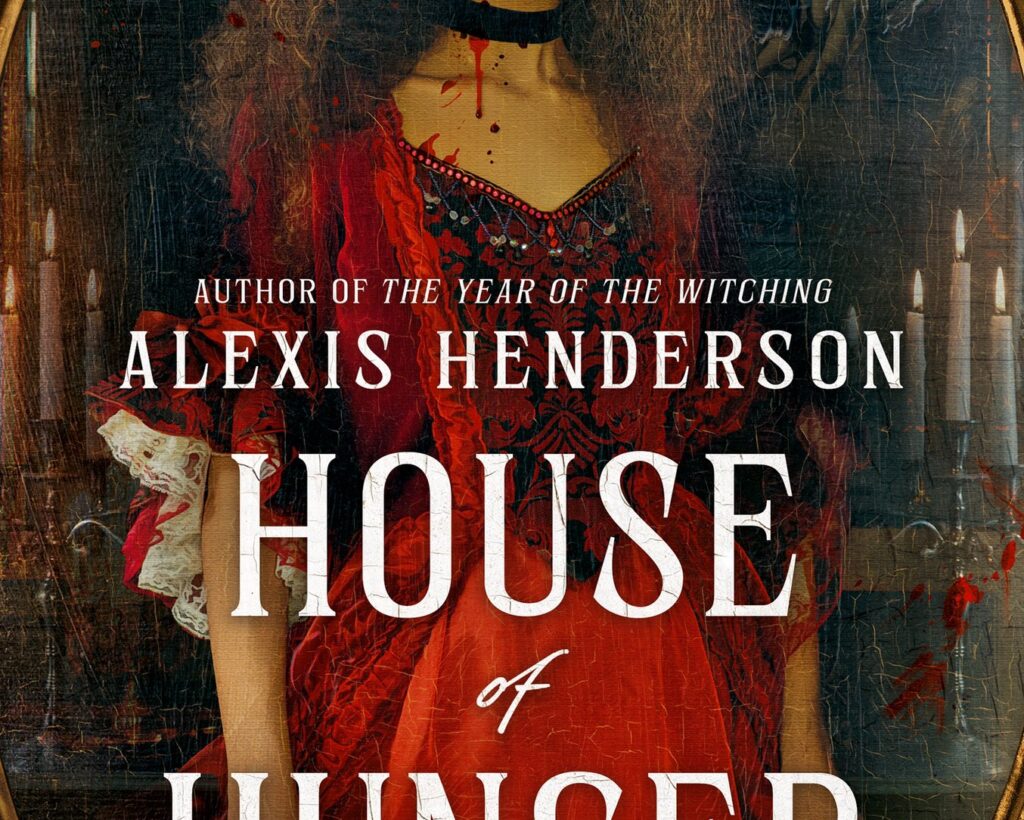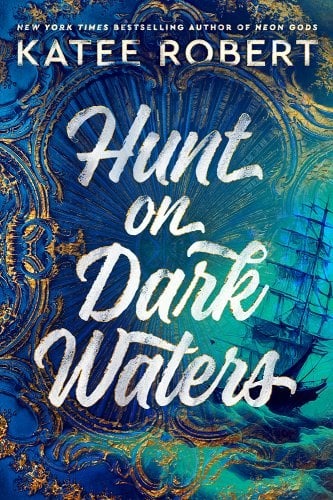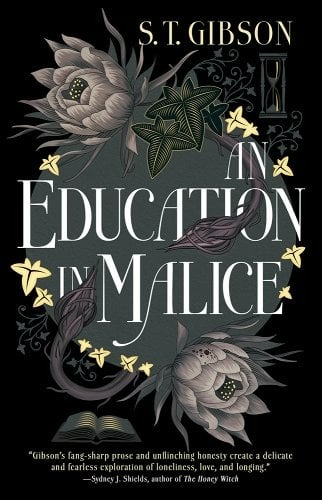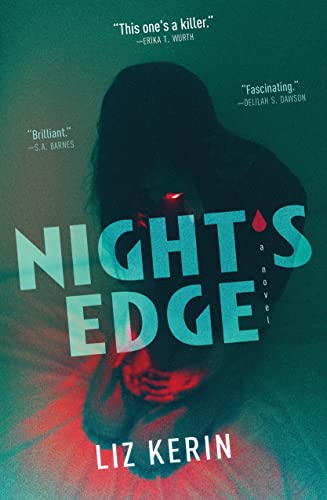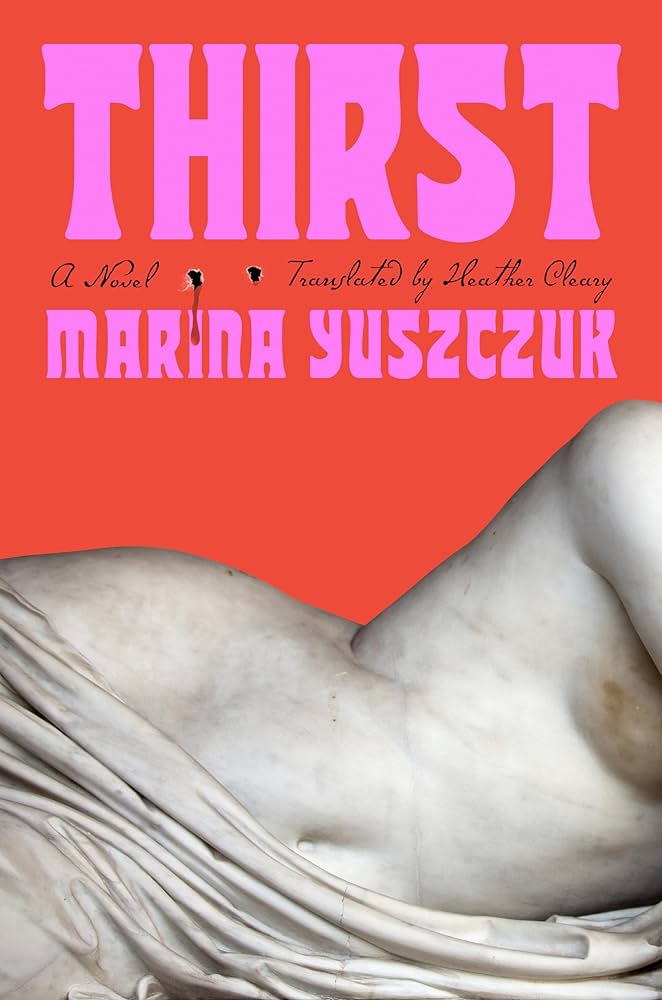Before we embark on our journey, a disclaimer: Anna Burke is a former professor and a friend, which is why I hesitated to write about In the Roses of Pieria. But who am I to second guess optics, and why should I let that get in the way of sharing one of my favorite moody OctoberRead More
Even Vampires Hate High School: The Coldest Touch by Isabel Sterling
I’ve had The Coldest Touch by Isabel Sterling on my bookshelf for a couple of years—a victim of the neverending TBR list. I would say that any vampire love story is perfect for me, but the sparkly baseball family forced me to have to qualify that statement long ago. The Coldest Touch has none of the problems of thatRead More
A Sapphic Gothic Dripping in Blood: House of Hunger by Alexis Henderson
House of Hunger by Alexis Henderson is a gothic novel that follows Marion Shaw, a girl from the South slums of Prane who moves above her station when she becomes the newest bloodmaid for a countess in the North. Marion has lived alone with her sick brother Raul for years, and every day is more ofRead More
A Lush Bisexual Vampire Gothic: Thirst by Marina Yuszczuk
Buy this from Bookshop.org to support local bookstores and the Lesbrary! Thirst by Marina Yuszczuk, originally published in 2020 and translated this year by Heather Cleary, is a dramatic and lushly gothic novel about two women who a string of circumstances going back over a century bring together in modern day Buenos Aires. Yuszczuk revelsRead More
A Bisexual Disaster Romantasy: Hunt on Dark Waters (Crimson Sails #1) by Katee Robert
Buy this from Bookshop.org to support local bookstores and the Lesbrary! I have been slow to jump on board the romantasy bandwagon, partly because I am particular when it comes to romances, and partly because the subgenre has been pretty cis and straight. When I heard that Tiktok favourite Katee Robert had a new fantasyRead More
Gorgeously Gothic Sapphic Vampires: An Education in Malice by S.T. Gibson
Buy this from Bookshop.org to support local bookstores and the Lesbrary! After sinking my teeth into A Dowry of Blood early last year, I was ecstatic to learn we were going to get more queer, gothic vampires from S.T. Gibson. Once again we are thrown into a sumptuous tale of power, secrets, and blood, this time setRead More
An Obsessive, Erotic, Vampire Gothic: An Education in Malice by S.T. Gibson
Buy this from Bookshop.org to support local bookstores and the Lesbrary! I feel as though all my adult life I have been wishing for a Carmilla retelling that really illuminates the heart of the original novella—the obsession, intensity, eroticism, and power struggle between Carmilla and Laura that makes the text one of the most lasting examples ofRead More
A Vampire Pandemic: Night’s Edge by Liz Kerin
Buy this from Bookshop.org to support local bookstores and the Lesbrary! Night’s Edge by Liz Kerin isn’t your ordinary vampire book. In this world, vampires are known as Saras: people who are infected with Saratov Syndrome, a brutal pandemic that changes how society functions. You can’t get into a place without first pricking your finger onRead More
Decadence and Decay: Thirst by Marina Yuszczuk, translated by Heather Cleary
Buy this from Bookshop.org to support local bookstores and the Lesbrary! Thirst by Marina Yuszczuk, translated by Heather Cleary (March 5, 2024) is a considered, sorrowful, masterfully atmospheric story about mourning and the costs of surviving outside of society’s protective frameworks. It is also the story of two women in conflict with their inherited and inherentRead More
A Sapphic Gothic Fairy Tale: Down Among the Sticks and Bones by Seanan McGuire
Bookshop.org Affiliate Link My favourite holiday of the year is Dewey’s 24 Hour Readathon, particularly the October readathon. My roommate and I spend all day reading horror books and snacking. It is a delight. Last year, I read Every Heart a Doorway and really enjoyed it. The horror/fantasy novella series felt like a perfect fitRead More
- 1
- 2
- 3
- …
- 5
- Next Page »
